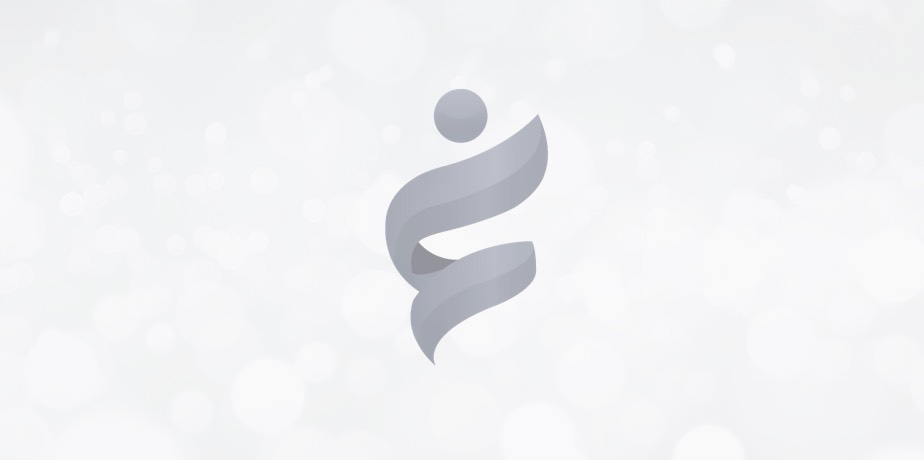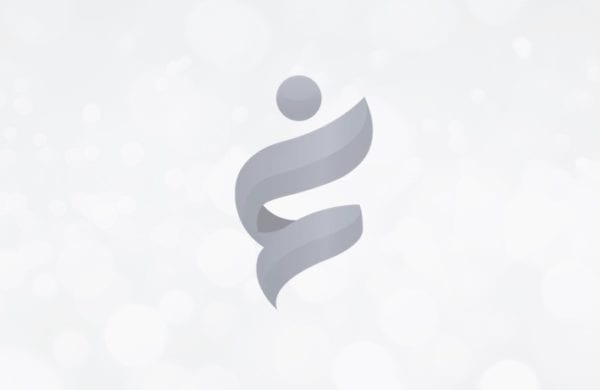
How To Ensure You’re (Almost) Always Right
“Facts that challenge basic assumptions—and thereby threaten people’s livelihood and self-esteem—are simply not absorbed. The mind does not digest them.”
—Daniel Kahneman
There are numerous cognitive biases that threaten to lead us to incorrect conclusions as we reason our way through problems: confirmation bias (where we selectively pay attention only to evidence that supports our pre-existing beliefs), non-confirmation bias (where we selectively ignore evidence that contradicts our pre-existing beliefs), and belief bias (which predisposes us to accept that which is consistent with our pre-existing beliefs), to name just three. In his book, Thinking, Fast and Slow, Daniel Kahneman argues persuasively, however, that if we consciously identify and attend to our biases in real-time—a feat that requires great effort, admittedly—we can lesson their affect on our reasoning (at least, to some degree).
But there’s another mistake we make perhaps just as commonly as we reason through problems that if we don’t make a conscious effort to correct will cause us to leap to the wrong conclusions again and again. It’s a mistake as insidious as any caused by cognitive bias, but one unrelated. In fact, it may be even more insidious, for the better we’re able to reason, to free ourselves from even the least of our cognitive biases, the more likely we are to make it. The mistake I’m referring to? Failing to question our assumptions.
Like cognitive biases, we’re often not consciously aware of our assumptions. But all arguments, all conclusions, rest on them. With respect to the effect our assumptions have on our conclusions, we’re all like computers: GIGO (garbage in, garbage out). No matter how flawless and unbiased we may train our reasoning to be, our conclusions will only be as valid as our assumptions.
While this is undoubtedly obvious to many of us, much of the time many of us still fail to question our assumptions enough. It’s just so easy not to.
The remedy? Mindfulness. We must take the time and expend the energy to examine our own thought processes consciously and continuously. If the solutions we come up with for problems don’t work, we at least have a reason to question our assumptions: our problem remains unsolved (though, surprisingly, we often still won’t; rather we’ll go back to examine our reasoning only, not the assumptions on which it’s based). But often we’re merely drawing conclusions about what we believe, not about a solution we need to implement. And in that circumstance, we have little impetus to challenge—or even examine—the first step in our reasoning, the step preceded by no other and ask ourselves why we believe it’s true.
And here, of course, is where our cognitive biases exert their most powerful influence, often blinding us to the fact that what we assume is true is in reality false. But if you’re after the truth more than you are a comforting feeling or the satisfaction of being right about something, you may just be able to open your mind to examining an assumption you don’t like or don’t want to believe, and therefore make it far more likely that the conclusion you reason your way toward is actually true.
Don’t believe this is an issue for you—that you’re pretty good at examining and uncovering your mistaken assumptions—or that you aren’t operating with as many assumptions as others in your daily life? Then try this experiment: record one of your conversations. It doesn’t matter who it’s with or what it’s about. Then listen to it with a pen in hand and for every statement you hear yourself make and every statement you hear the person with whom you’re talking make, write down the assumptions that underlie them (in two columns, one for you and one for the other person). Then examine each assumption and rate the likelihood of it actually being true (0%-100%). If your results are anything like mine, you’re in for a surprise.
Next Week: How To Trigger Others To Trigger The Best You

For several years, I volunteered as a Guardian ad litem (advocate in court for children adjudicated abused or neglected). For this role we were made to go through training that was meant to remove such unconscious biases. We were presented with a scenario and told to write down what we saw. Most people’s accounts—at least initially—included judgments about motivation and/or context that simply didn’t exist in the scenario. The training was intended to try to show us how many hidden assumptions color our perceptions of reality. For whatever reason, some of us, I suspect, tend to be more context/judgment-blind than others. For me, it was the most natural thing to report only what I saw (e.g., middle-aged man enters room, child sitting at table, man takes food from table) rather than to construct narratives as most people did. My experience leads me to believe most people navigate by narratives. (They fill in the blanks in their perceptions with what will produce the most plausible narrative.) This makes it difficult for those who don’t, however. Not only do we have to report different observations, we have to struggle to be heard in the face of people’s emotional attachment to their narratives.
Of course, in posting here, I am assuming—at least provisionally—somebody might care what I have to say! In spite of no evidence to support that assumption! ;^)
In Dan Smith’s book on anxiety, Monkey Mind, he advocates exactly what you advocate in your paragraph that begins with “The remedy? Mindfulness. . . . ” Smith advocates examining one’s chattering thoughts . . .
I often wish you would break down or teach baby steps with respect to mindfulness, Alex. Is it through meditation that we come to the practice of mindfulness? Are there other pathways?
I have some basic assumptions that get me into trouble all the time: I assume others want advice. I assume others want to be taught by me, want to learn what I know. I assume my authority at home is accepted as legitimate–but I have a teenager who brings me up short on that assumption all the time.
I assume that others (should) get me, understand where I am coming from—especially if I have a long-standing and/or intimate relationship with them. I assume that if someone shares one or two of my values, they naturally share ALL of my values. Just not so.
When will we ever learn? When will we evvvv-er learn??!!
😉
In case you missed it:
https://opinionator.blogs.nytimes.com/2013/02/16/the-essay-an-exercise-in-doubt/?ref=opinion
Alex: You’re right. We most certainly should “examine” our thought process, but what happens when the number of solutions is limited? When it’s either a or z. Black or white? Live or Die?
Surely you must know about this… as a doctor, you must be faced with a series of problems a day and experience these kind of “limited solution” problems. Believe, or disregard? Fight or give in? Win, or cheat? And only have a certain amount of time to decide.
You see, when I am faced with this kind of “limited solution” problem, I try not to over think. (I have a tendency to do that, and I’m trying to stop. I’m a think addict.) Instead I just sort of choose… I flip a coin in my head. And I just come up with my answer.
But answers are often influenced by changes of circumstances, or outside and occasionally unwanted opinion.
As a doctor, would you take into account this opinion?